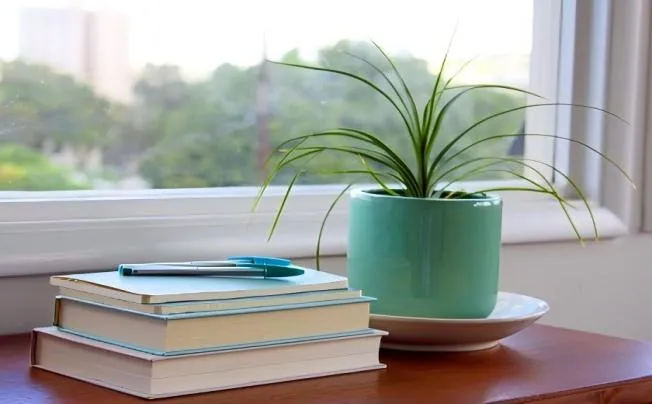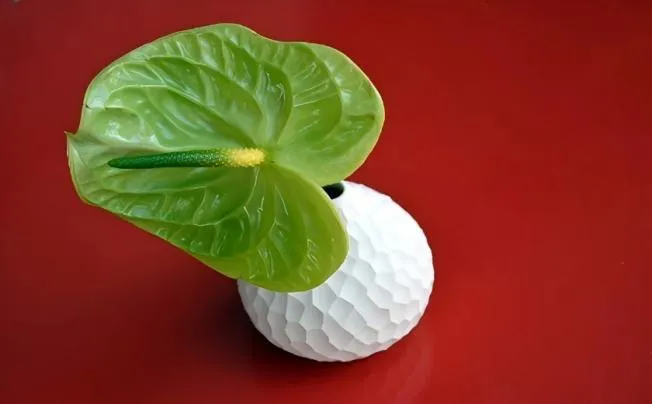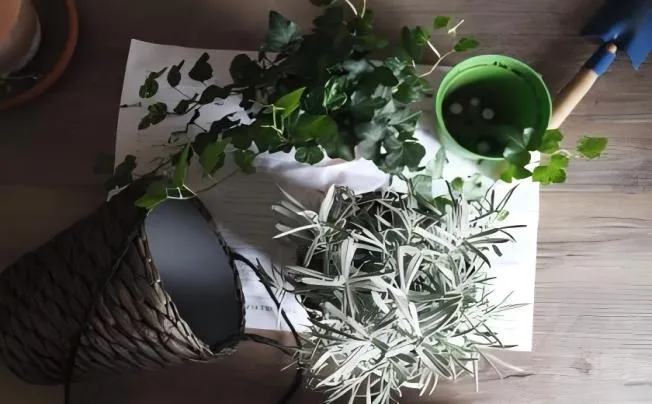Are Some Pots Bad For Plants?
Next, let’s delve into the secrets of flower pot selection and unravel the mysteries that prevent plants from growing poorly.
Choose the right flower pot to grow plants more efficiently
Select pots based on the behaviour of the plants
Because their roots can hold a lot of water, drought-tolerant plants have adapted to the arid climate of their natural habitat. As a result, these plants can be planted in pots with enough ventilation. These pots' materials are porous, which promotes air circulation, speeds up the evaporation of soil water, and prevents water buildup and root rot.
Although they prefer to grow in humid conditions, moisture-loving plants are not necessarily able to withstand water buildup. Conversely, these plants need a lot of drainage because an excess of water would deprive the roots of oxygen, which can lead to a number of illnesses. Even though plastic pots don't breathe, they can somewhat satisfy the water requirements of plants that prefer wetness because of their excellent water-retention qualities. More drainage holes must be made at the bottom of the pot, though, and a thick layer of expanded clay or broken tiles must be placed there to improve drainage area and guarantee proper drainage.
Think about the pot's dimensions and depth
The pot's dimensions ought to correspond with the plant's size and rate of growth. The plant's root system cannot spread out completely in a pot that is too small. Furthermore, a small pot's restricted soil capacity prevents it from providing enough water and nutrients, which leads to sluggish plant growth and even famine. Conversely, if the flower pot is too big, the water in the soil will be difficult to drain, which could lead to water buildup, which would deprive the plants' roots of oxygen and result in root rot. The huge pot's nutrients are also somewhat dispersed, making it challenging for the plants to fully absorb them, which will also have an impact on their growth.
It is necessary to select flower pots of the proper depth for plants with varying root depths. Succulents and green radish are examples of shallow-rooted plants, which don't need a very deep growing space because their roots are primarily dispersed on the soil's surface. A shallow pot that is between 5 and 10 cm deep can be chosen for these plants. In addition to satisfying their needs for root growth, this helps prevent the issue of persistent wetness in the bottom soil following watering, which can result from the flower pot's excessive depth and cause root rot. Deep-rooted plants, such as trees and shrubs, have reasonably developed root systems and need to travel deep into the soil to acquire nutrients and water. Such plants are suited for planting in deep pots with a depth of more than 30 cm to ensure that the roots have enough growing room.

Use flower pots correctly to protect plants
(I) Increase flower pots' air permeability
Do not be alarmed if the flower container you have selected has insufficient air permeability; there are ways to increase it. An easy and efficient way is to lay a layer of ceramsite on the pot's bottom. A lightweight, porous substance called ceramsite can expand the air circulation area at the pot's bottom, enabling extra water to be swiftly released while also giving the roots enough oxygen. Consider moderate thickness while laying ceramsite; typically, 3-5 cm is suitable. It will not have a noticeable effect if it is too thin. It will take up too much soil space and hinder plant root growth if it is excessively thick.
To improve air permeability, you can also drill holes in the flower pot's side or bottom. You can use an electric drill or a specialised drilling equipment to drill holes in flower pots made of tougher materials, such ceramic and plastic pots. Be mindful of even distribution when drilling holes at the bottom. The flower pot's dimensions and the requirements of the plant should be taken into consideration while choosing the size and quantity of holes. In general, 5 to 8 holes with a diameter of 0.5 to 1 cm can be drilled at the bottom of a flower pot that is about 20 cm in diameter. If you are drilling holes on the side, make sure to drill holes in the middle and lower portion of the flower pot to prevent water from leaking out of the holes when you water it. To prevent scratching the plant roots, the holes' edges should be smoothed after drilling.
The use of breathable soil is also essential. The foundation of plant growth is soil. Roots may freely breathe and take up water and nutrients in breathable soil. The soil can be supplemented with granular materials like river sand, vermiculite, perlite, etc. These materials have the ability to improve the soil's air permeability and porosity. River sand can loosen the soil and encourage root growth; vermiculite is not only breathable but also retains water and fertiliser, giving plants specific nutrients; perlite is light in texture, has good air permeability and drainage, and can effectively improve the soil structure.

(II) Appropriate drainage and irrigation
One of the most fundamental and significant steps in the flower-growing process is watering; proper drainage and watering are necessary for plants to grow healthily. The frequency and quantity of watering must also be modified to account for the variations in air permeability and water retention among flower pots made of different materials. Strong water retention is a feature of ceramic and plastic pots, and watering can be done infrequently—typically every three to five days—with particular adjustments made based on the plants' development circumstances and seasonal variations. Because water evaporates quickly in hot summer temperatures, more frequent waterings can be made; in winter, when plants develop more slowly, less water is needed, so fewer waterings are necessary. Because ceramic and tile pots have strong air permeability and water evaporates quickly, they can be watered more frequently—typically every one to two days.
The secret is to water plants according to their demands. Cacti and other drought-tolerant plants need less water. The "dry thoroughly and water thoroughly" rule should be adhered to when watering; that is, wait until the soil is entirely dry before watering, and then water deeply all at once to enable the water to infiltrate the soil completely. Plants that require moisture, like ferns and monstera, must maintain the soil's moisture content while preventing water buildup. You can stick your finger two to three centimetres into the ground. Watering is necessary if you sense the soil is dry; you can delay watering if you feel the soil is damp.

Selected Blogs
-
What customization services are available for metalworking customization?
2024-12-12
-
What Is The Difference Between A Plant Container And A Raised Bed?
2024-04-23
-
Garden Screening & Fence Panels
2024-04-23
-
Gardening pot selection tips
2024-04-17
-
The function and collocation of horticultural fire pot
2024-04-17


